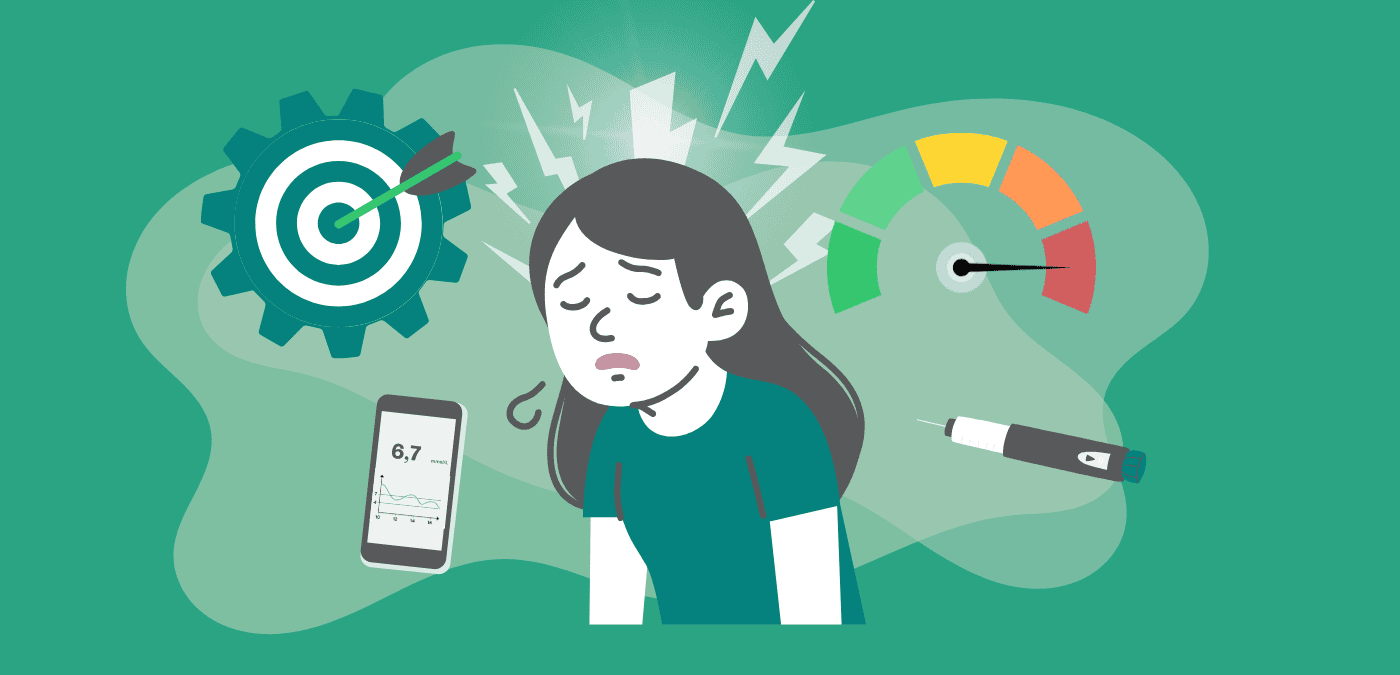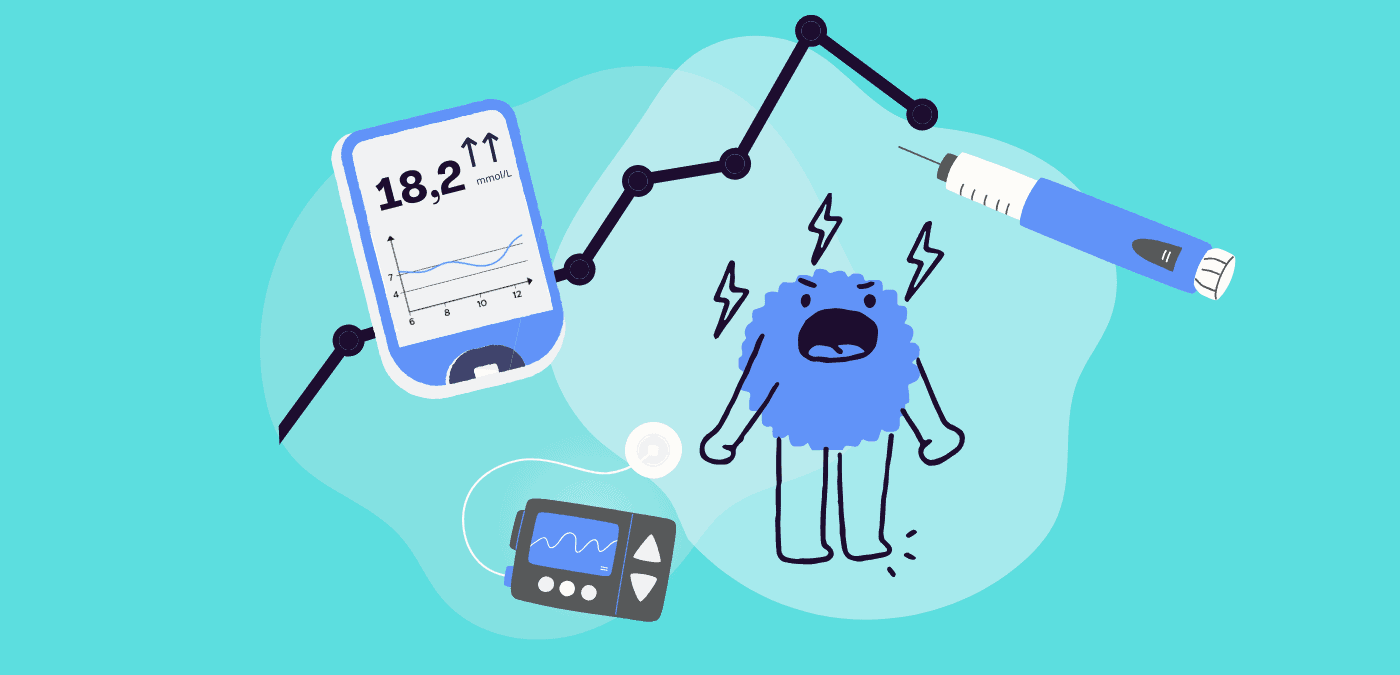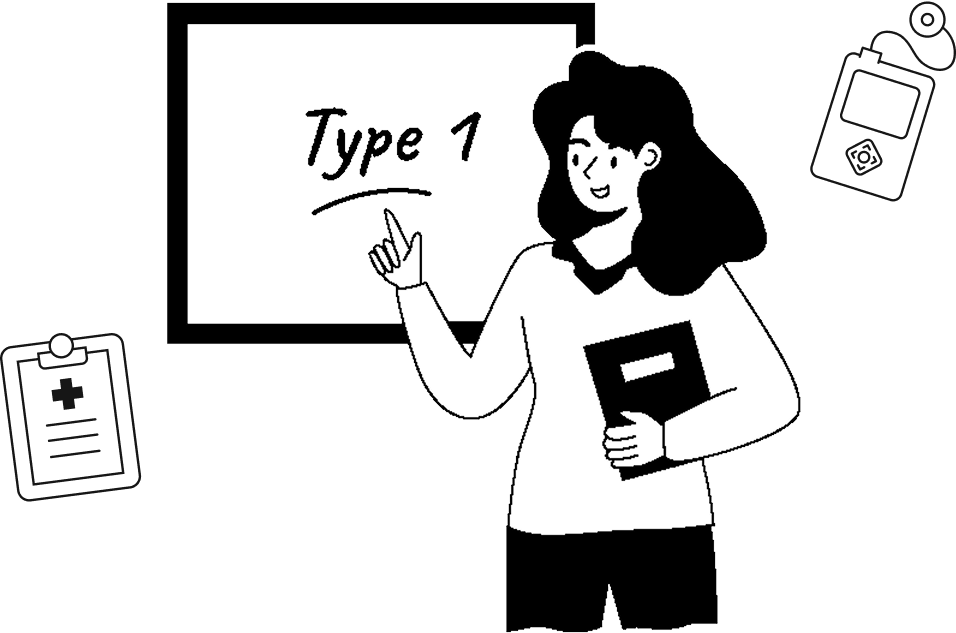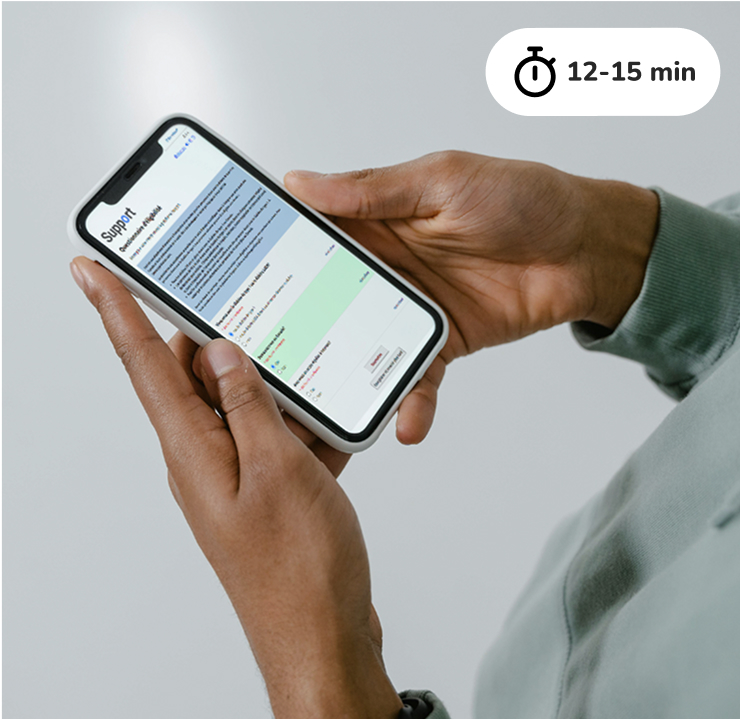When you wonder why your type 1 diabetes (T1D) is suddenly more challenging to manage, you might think it’s due to stress, a carbs miscalculation, illness, or misadjusted insulin doses. But there’s another possible, less known, but nonetheless more frequent, cause: lipodystrophy.
What is lipodystrophy?
Lipodystrophy changes the structure of the skin and hypoderm wherever insulin is regularly injected (using a pen or syringe) or where insulin catheters or Pods are inserted (for insulin pump users). It usually manifests as bumps, gaps, or spots where the skin is harder. In any case, what might seem like a harmless condition actually affects diabetes management.
Why does it matter?
Insulin that is injected in a spot with lipodystrophy cannot be absorbed correctly (e.g., too fast, too slow or incompletely) and will yield unpredictable results (blood sugar levels too high or too low). Sometimes, you might feel like an insulin dose just “didn’t work”, or experience unexpected hypoglycemia.
What to watch for?
- Bumps or gaps under the skin
- Modified skin texture or appearance
- Areas where injections feel less painful (which might seem like a good thing, but might actually indicate lipodystrophy) or, although rarely, more painful, if skin tissue is inflamed or indurated
- Inconsistent blood sugar levels with no obvious explanation
How to prevent it?
There’s no going around it: prevention means site rotation, whether you use injections, insulin catheters or Pods. Make sure you:
- Alternate between zones (arms, abdomen, thighs, buttocks);
- Don’t inject insulin or insert a catheter or Pod too close to a previous spot;
- Examine your skin regularly and ask your healthcare team to check your sites when you have an appointment.
I have lipodystrophy. What do I do?
If you have lipodystrophy, it is recommended that you:
- Stop injecting insulin or inserting catheters or Pods on the site: it could take several months, or even longer, for the site to heal;
- See your healthcare team to determine the scale of the lipodystrophy and adjust insulin doses as needed;
- Adopt a thorough, strict site rotation strategy to avoid damaging other zones.
Caution!
As the absorption of insulin is better, and therefore more efficient, in a healthy site, it is often recommended to reduce insulin doses by 20% to avoid hypoglycemia and to gradually readjust doses over several days.
Data, however rare, on the use of continuous glucose monitors (CGMs) in the presence of lipodystrophy suggests that accuracy is not affected. However, inserting a sensor in a spot with lipodystrophy might disrupt healing.
In summary
If you find it more challenging than usual to manage your DT1 and your blood sugar levels vary unpredictably, consider checking your injection sites. Lipodystrophy is a frequent cause of blood sugar instability, but is often overlooked. You can prevent lipodystrophy and stabilize diabetes management by implementing best practices and being cautious.
—————————————-
To find out more
You’ll find on our Support platform a module about lipodystrophy that includes images to help understand what it looks like. You’ll also find a wealth of resources on insulin management, nutrition, physical activity, mental health and much more.
Whether you live with T1D or LADA or are a health professional, create your account now to have access to practical tips and learn at your own pace.
—————————————-
Key data from the BETTER registry
The BETTER registry is a sort of census of people living with type 1 diabetes (T1D) in Canada. Its data shows that 24% of participants* reported having lipodystrophy, and 36% reported having had lipodystrophy in the past. However, these figures could be under-representative, as lipodystrophy often goes unnoticed, and people aren’t always aware of it.
Have you signed up for the BETTER registry?
Sign up now and share YOUR reality.
*from a total of 1283 participants
Written by: Sarah Haag, Clinical Nurse, B.Sc.
Reviewed by:
Rémi Rabasa-Lhoret, MD, Ph.D.
Anne-Sophie Brazeau, P.Dt., Ph.D.
Jacques Pelletier, Michel Dostie, Marie-Christine Payette, patient partners of the BETTER project.




